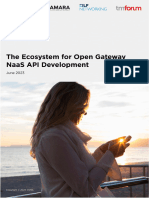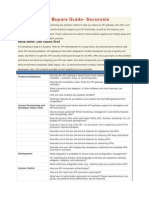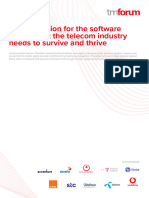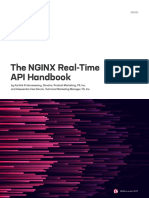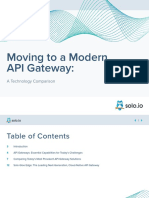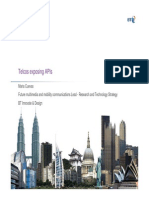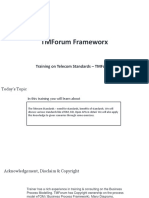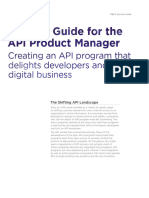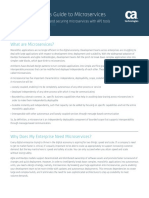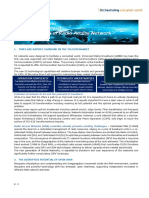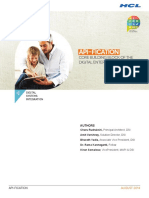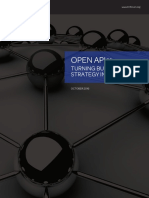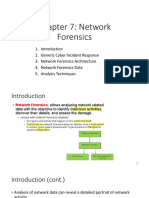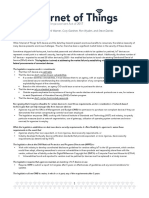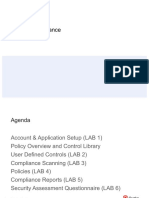0% found this document useful (0 votes)
200 views20 pagesWhy Open GW and CAMARA Is Not Plug and Play v1
The white paper discusses the complexities surrounding the implementation of Open Gateway and CAMARA APIs, which are not as plug-and-play for mobile operators as intended due to diverse architectures, fragmented systems, and regulatory challenges. It emphasizes the necessity of middleware solutions to streamline integration, enhance API exposure, and address operational demands. The paper outlines strategic options for operators, including in-house development, aggregator partnerships, and middleware adoption, with the latter being positioned as a balanced approach to achieving efficiency and competitiveness in the digital services landscape.
Uploaded by
osvaldo.aldaoCopyright
© © All Rights Reserved
We take content rights seriously. If you suspect this is your content, claim it here.
Available Formats
Download as PDF, TXT or read online on Scribd
0% found this document useful (0 votes)
200 views20 pagesWhy Open GW and CAMARA Is Not Plug and Play v1
The white paper discusses the complexities surrounding the implementation of Open Gateway and CAMARA APIs, which are not as plug-and-play for mobile operators as intended due to diverse architectures, fragmented systems, and regulatory challenges. It emphasizes the necessity of middleware solutions to streamline integration, enhance API exposure, and address operational demands. The paper outlines strategic options for operators, including in-house development, aggregator partnerships, and middleware adoption, with the latter being positioned as a balanced approach to achieving efficiency and competitiveness in the digital services landscape.
Uploaded by
osvaldo.aldaoCopyright
© © All Rights Reserved
We take content rights seriously. If you suspect this is your content, claim it here.
Available Formats
Download as PDF, TXT or read online on Scribd
/ 20


